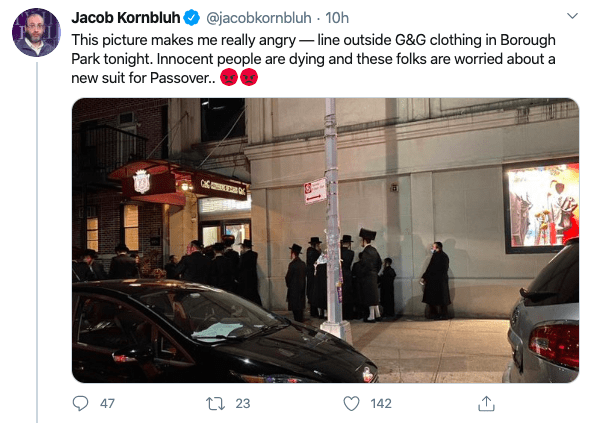This post is a lightly edited version of a Twitter thread I wrote up earlier in a fit of pique over something I read in the New York Times. The author of the piece seems to think she has solved online education while managing to disparage faculty, ignore the realities of student body size and adjunctification at many institutions, overlook the temporary nature of the current situation, and spin out a very facile discussion about the cost and value of college instruction. Hence the pique. All the same, I think I managed to address some misconceptions that I know go beyond just the author of the piece, so I didn’t want my reaction to get lost in the ether of my Twitter feed. The original piece can be found by clicking here, and my walk-through is below:

“No one wants to pay $30,000 per semester for what they’ve been getting.”
“What they’ve been getting” was triage. Faculty had very little notice that we would be going online this semester (36 hours in my case).
“What they’ve been getting” is not what they will be getting in the fall because my colleagues and I are working dozens of hours above and beyond the work we normally do during the summer (and please note that most US college faculty are paid nine-month salaries, not twelve-month ones, but would never succeed in our professions if we didn’t work all year) to develop born-digital courses that will work. This extra work involves reading up on online education, taking webinars about how to use the technology available at our institution, participating in town halls on best practices for online education, making readings available digitally (sometimes with our camera phones because we can’t get into our offices to use scanners), and developing workarounds for the equity issues that crop up when our students have vastly different access to technology because of socioeconomic and geopolitical factors. And again, this is on top of the work we regularly do in the summer, when we are not paid: In my case, that’s writing an academic book, translating a popular book from Spanish, drawing up plans for the trade book I want to write, and finishing three articles.
In the spring we were working in emergency conditions; in the fall conditions will be sub-optimal (because what deadly pandemic isn’t?) but we will have planned for and adapted to them.
“A survey of college students in the spring found that about 75 percent were disappointed with the online learning experience during the lockdown.”
Trust me, your (children’s) professors were, too. That’s why we’re scrambling now.
“I’ve learned that my family gets the best bang for our buck when our daughter engages directly with her professors, her classmates and the material.”
The current situation is, for sure, emphasizing a number of existing philosophical questions about what college education is, what it’s for, what it costs, and what it’s worth.





 I’m planning to do my coronavirus semester posting here rather than on FB, even though the latter is the more usual space for academic discussion. (Although maybe there’s a chance that the current crisis will breathe some life back into the academic blogging community?) This feels like a singular moment, and so I don’t want my posts to disappear down into the bowels of the FB juggernaut once this is over. So:
I’m planning to do my coronavirus semester posting here rather than on FB, even though the latter is the more usual space for academic discussion. (Although maybe there’s a chance that the current crisis will breathe some life back into the academic blogging community?) This feels like a singular moment, and so I don’t want my posts to disappear down into the bowels of the FB juggernaut once this is over. So: 